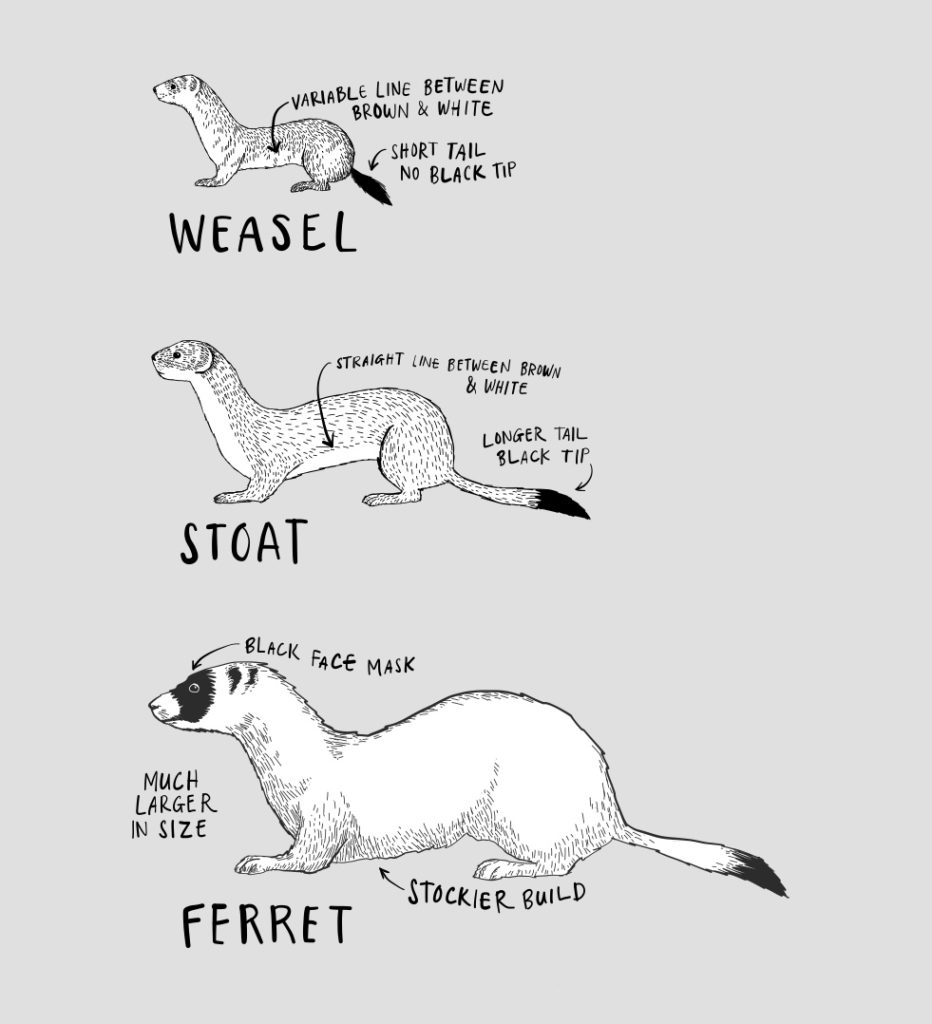In the 1830s rabbits were brought to New Zealand, and within a few decades, their population had ballooned. By 1870 they were considered an agricultural pest and farmers were desperate for a way to control their numbers. Many saw the solution to introduce ferrets, the natural predators of rabbits in England, even though some naturalists warned of the risk to our native species.
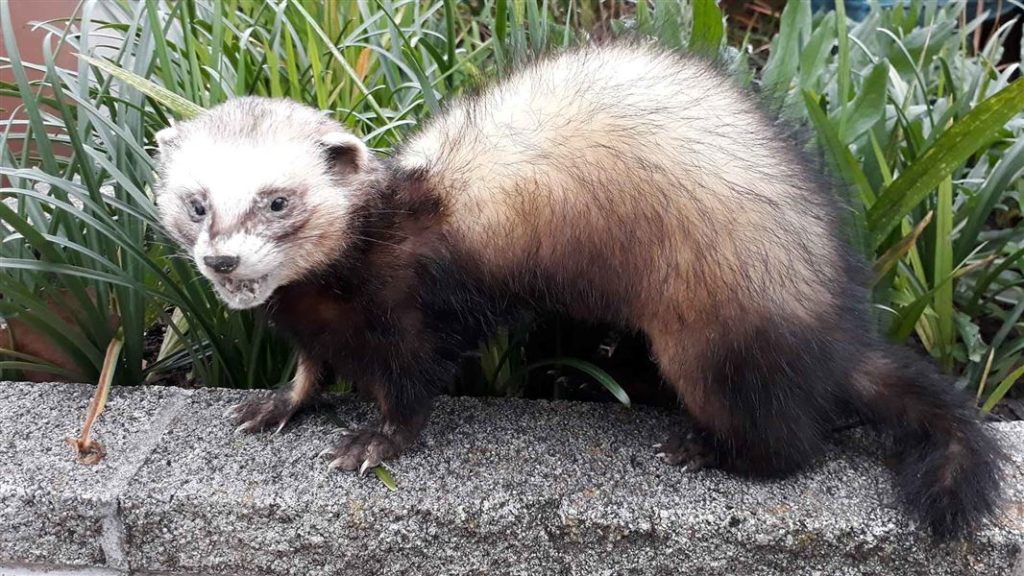
But political and economic pressures grew and the first ferrets were brought to Aotearoa in 1879. From 1882–1883 there were 32 shipments of ferrets from London to New Zealand, with about 700 ferrets released. From 1884 – 1886 another 4,000 ferrets and ferret-polecat hybrids were released here.
Ferrets are the largest of the three mustelids (including stoats and weasels) introduced to New Zealand. These predators have a devastating effect on our native wildlife.
Here are 5 facts you should know about ferrets:
1. New Zealand has the largest known population of feral ferrets in the world
And their numbers are increasing.
Ferrets are not as widespread as stoats, but they can still be found across most of Aotearoa. They tend to live in open country such as pasture, scrubland and coastal areas, as well as on forest fringes, where rabbits flourish.
However, recent research has found ferrets within some Northland forests and there are increasing reports of ferrets making their way deep into forest areas. This is concerning as ferrets are voracious predators that can get a “taste for kiwi, and become like rogue dogs – killing a kiwi each week” says a DOC spokesperson.
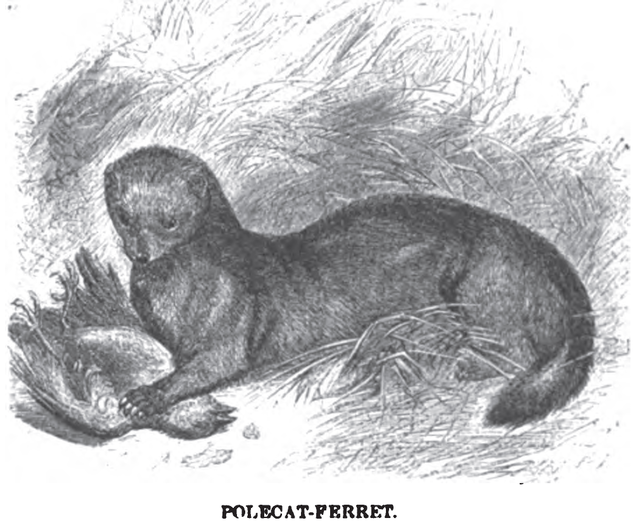
2. Ferrets can kill an adult kiwi
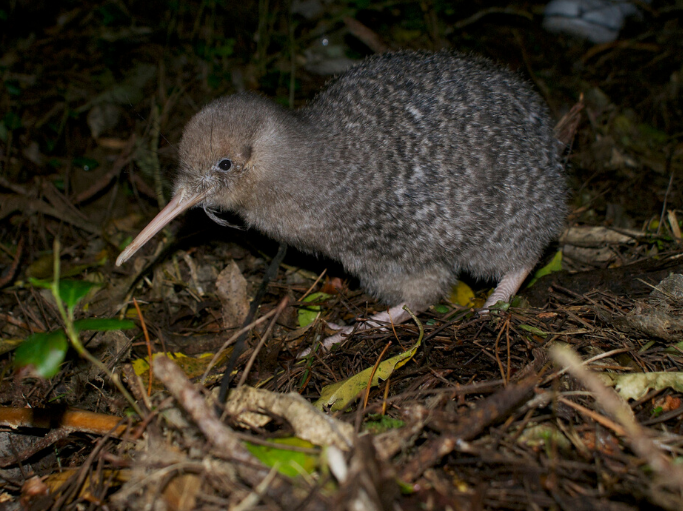
Ferrets are one of the few introduced predators that will kill an adult kiwi.
The death of any kiwi is devastating, but losing an adult kiwi is particularly damaging. Only a tiny proportion of kiwi chicks reach adulthood – fewer than 5%. Kiwi can live for 40-50 years and can lay up to 100 eggs in their lifetime, so when an adult kiwi dies, it has a serious and enduring impact on their future numbers.
3. Ferrets have been found to be responsible for 18% of deadly attacks on ground-nesting birds in the Mackenzie Basin
Researchers used video surveillance to monitor 164 clutches of native shorebirds including dotterel, black-fronted terns and the nationally critical kakī (black stilt). Of 77 recorded deadly events, 18% were eggs or chicks being predated by ferrets.
Ferrets predate many of our native birds including the eggs and chicks of toroa (royal albatross), hoiho (yellow-eyed penguin), kororā (little blue penguin) and tōrea pango (variable oystercatcher). Ferrets can also eat large numbers of our endemic mokomoko (lizards), especially our native skinks.
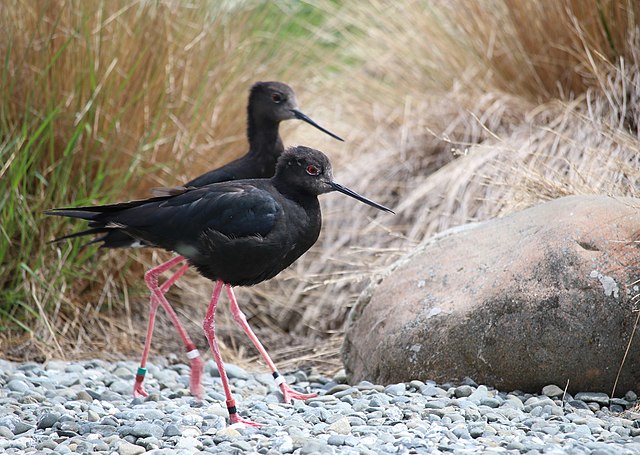
4. Ferrets don’t control rabbits – it’s the other way around. Rabbit numbers control ferrets
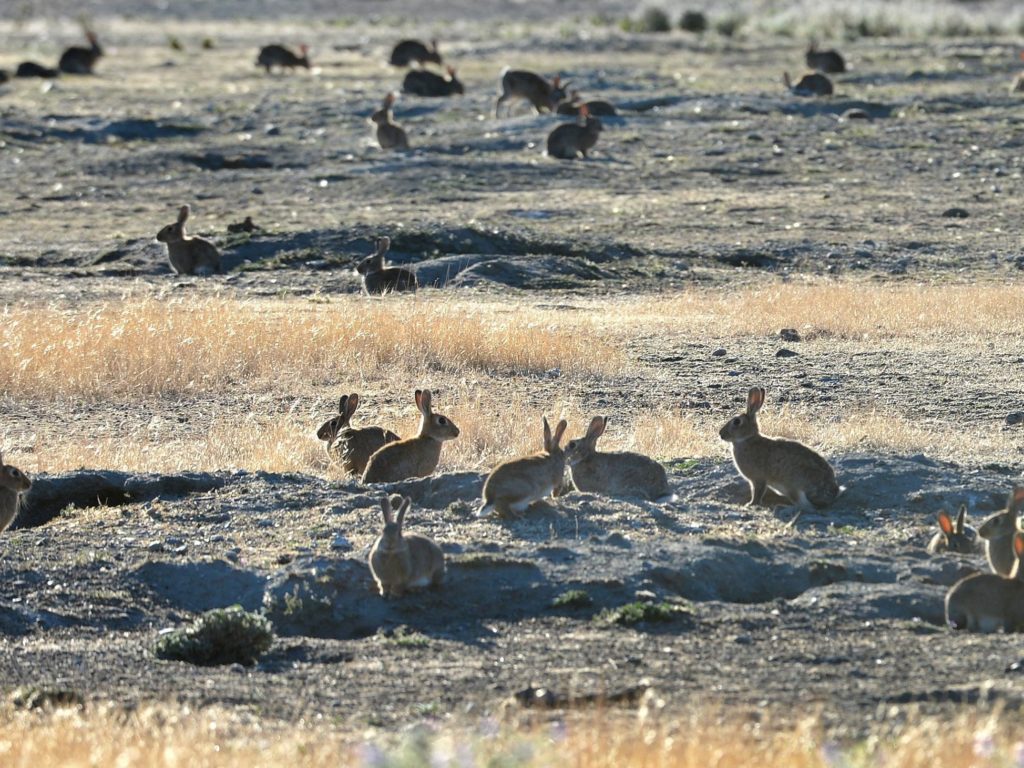
Rabbits are the main prey of ferrets, so it seems logical that rabbit numbers would increase without those predators. However, research shows that weather, disease and food abundance are the main drivers of rabbit populations.
Although predators can sometimes limit the rate of recovery of rabbits following drought or disease, predation usually has relatively little impact on rabbit numbers. Predation simply cannot keep up with rabbits’ rapid breeding.
Predator numbers are controlled by food availability. Therefore, ferret populations are limited by the number of rabbits. It’s known as a bottom-up system.
It is the number of rabbits that determines how many predators can survive.
Getting rid of ferrets will not necessarily make your rabbit problem worse in the long term, but getting rid of rabbits can help control predator numbers.
5. Ferret bedding is used to attract ferrets or other mustelids to traps
Trappers will often change out lures to keep traps interesting and attractive to predators. Sometimes, ferret bedding is placed inside traps to attract stoats or ferrets.
A 2017 study on a Hawke’s Bay farm revealed that stoats and other animals like hedgehogs are drawn to the odour of ferrets. Researchers collected the ferret’s odour on a towel from their bedding and used it in traps along with the typical rabbit meat lure.
The results showed significant increases in both the length of time the stoats and other animals visited the area and in the number of animals detected.
